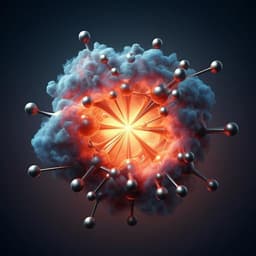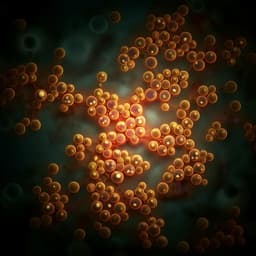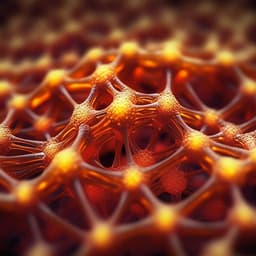
Biology
Accelerating the discovery of alkyl halide-derived natural products using halide depletion
N. R. Glasser, D. Cui, et al.
Discover a groundbreaking workflow in microbial natural product discovery, as presented by Nathaniel R. Glasser, Dongtao Cui, Douglas D. Risser, C. Denise Okafor, and Emily P. Balskus. This research unveils the innovative targeting of alkyl halide-derived natural products and the novel enzymatic reactions that yield chlorinated glycolipids from *Nostoc punctiforme*. Get ready to dive into the biosynthetic logic that is transforming the search for natural compounds!
Playback language: English
Related Publications
Explore these studies to deepen your understanding of the subject.







